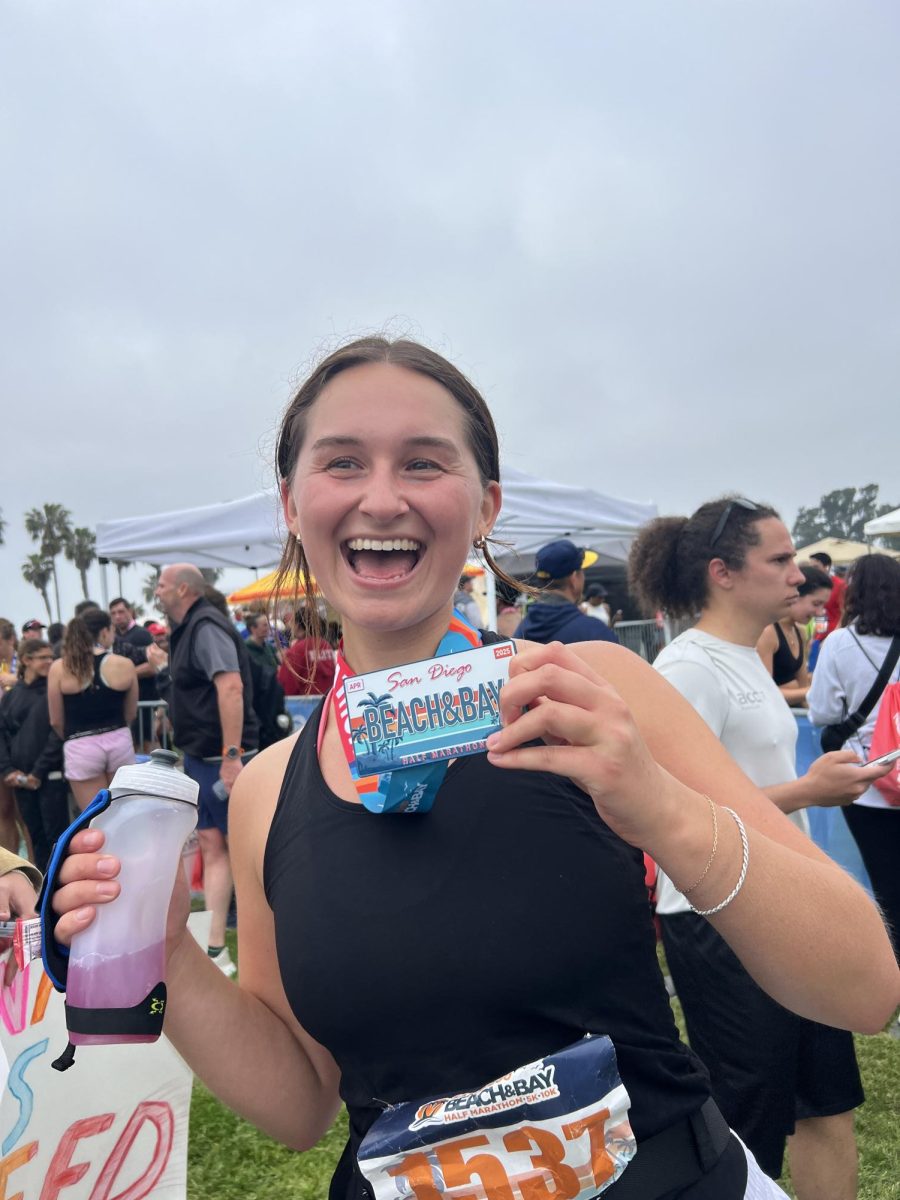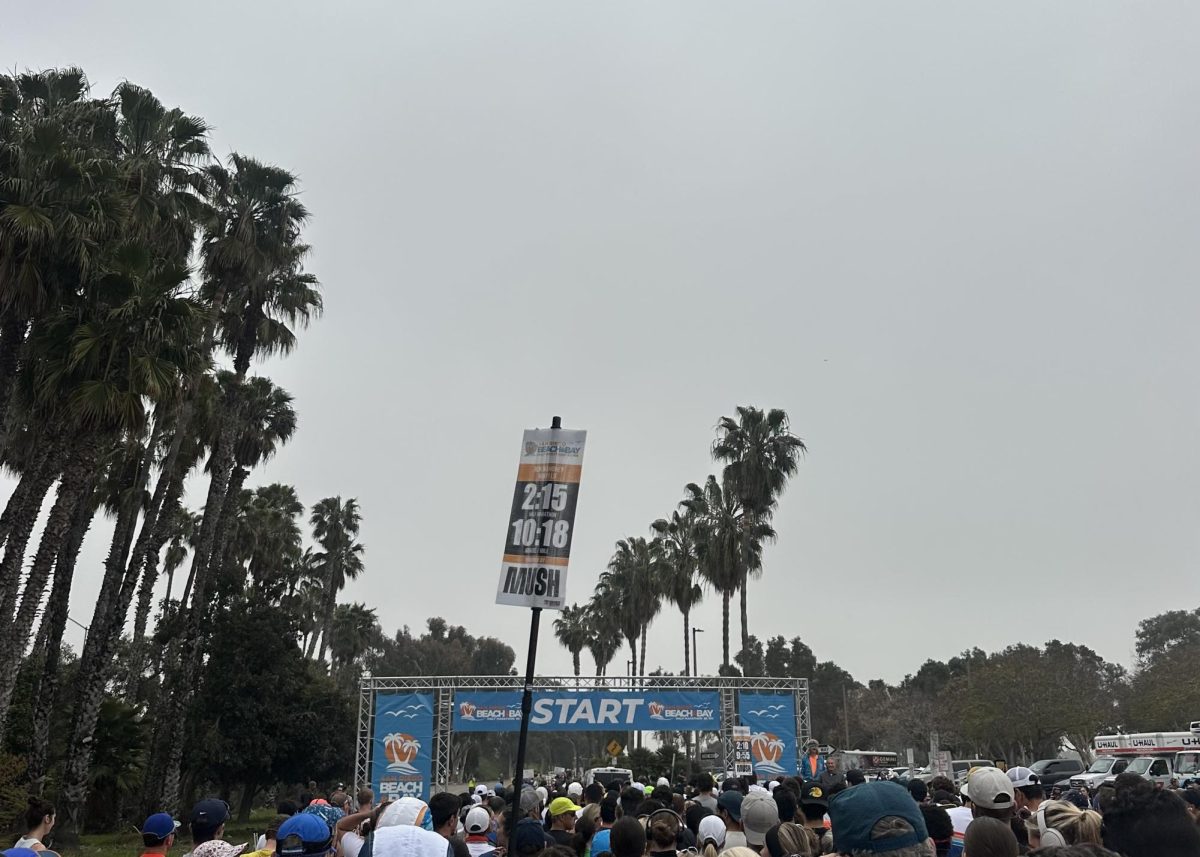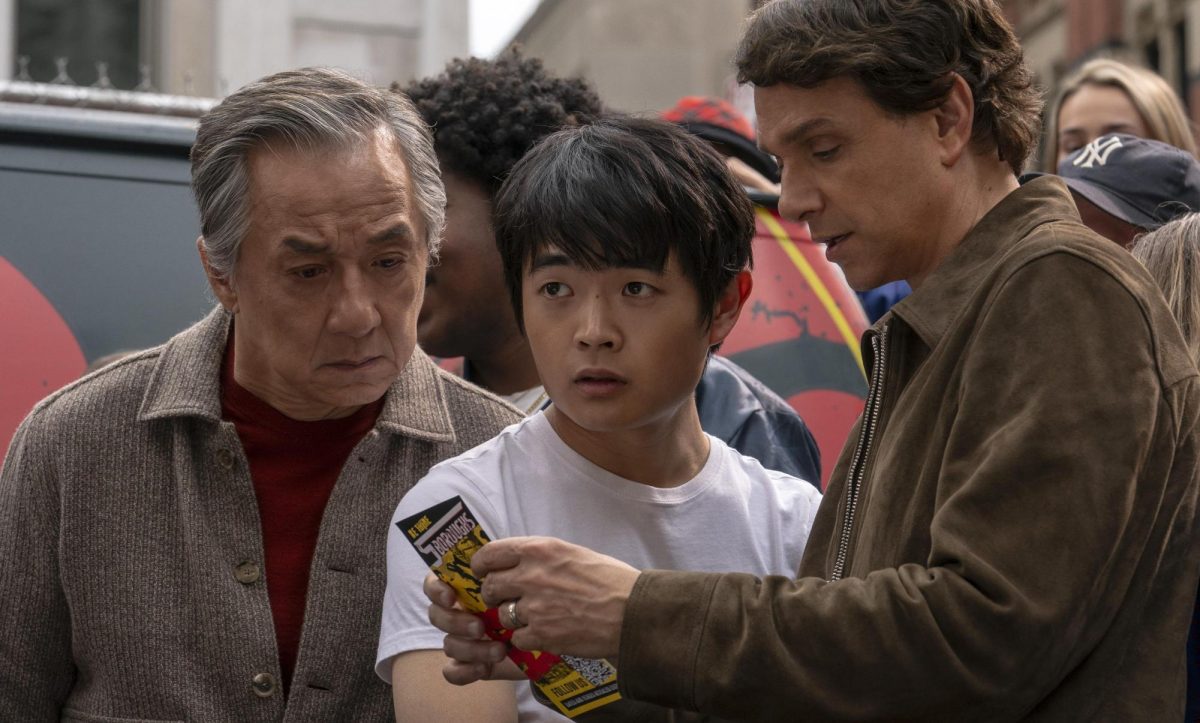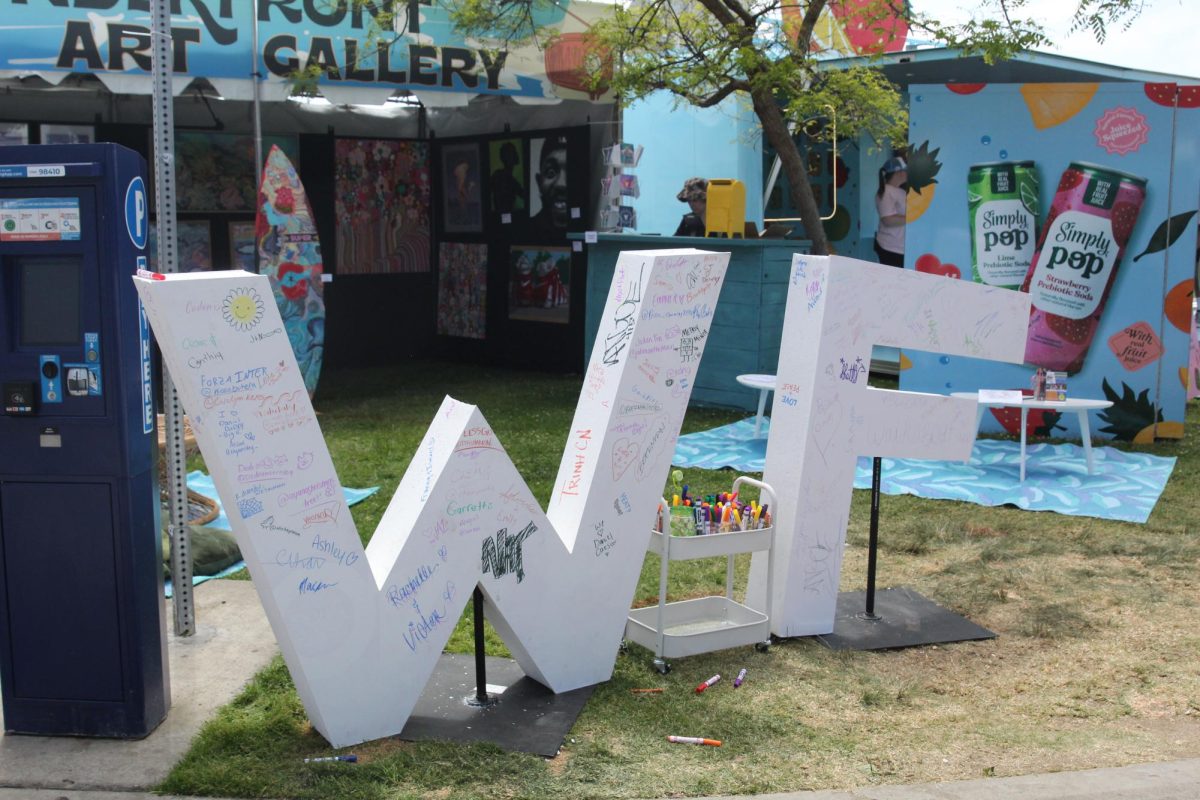Raceday morning was foggy blues and grays. The marine layer never lifted above the bay, and I hadn’t slept the night before. The parking lot at 5 a.m. was dark and cold and we weren’t even sure where to find the start line. My achilles tendon had a twinge.
None of that mattered. What did matter, and will continue to matter throughout the course of our lives…is physics.
Towards the end of my training journey, I developed a sort of mantra to frame my runs around as they got longer and more challenging. “Gratitude for body, mind, village” is what I started to tell myself, or dig for, in moments of difficulty.
Maybe running is a science. Maybe Isaac Newton was onto something after all.
BODY
Law #1: A body in motion will remain in motion
When I marked down April 12, 2025 as “Raceday” on my Google Calendar back in December, I only partially realized that I was cementing fate. That my semester would look so much different than they had in years past, that San Diego itself would look different, and that even I would look different to myself, had yet to dawn on me.
When race day actually rolled around, it kicked off at Tecolote Shores Park, site of the most horrendous run of my short lived history. Back in January, during the early stages, I had come to the bay underprepared in many ways. I got turned around and eventually was lost behind the gates of SeaWorld. I had completed just barely six miles, with my slowest mileage pace yet and a gigantic thread of defeat winding through my head.
A different me would have felt like race day morning was something of a return to the scene of the crime, or the site a bad omen. However, four months later me is pleased to report that my return felt more like a celebration of growth and a productive anxiety at wanting to do my best.

Physically speaking, my abilities as a runner have come a long way since that January morning. Six miles doesn’t feel daunting. I have learned how to properly prepare and fuel to feel my best. I appreciate the marvel that is caffeine more than ever before. None of those lessons would have been possible without the biggest one of all: commitment is nothing without a backed plan.
I have heard the term “Discipline does what motivation can’t” thrown around in many contexts, running being no exception. There were times this semester where my schedule kept me going, despite distractions trying to convince me otherwise. In the face of outside influence, it became a structure I could rely on to propel me through pre-class runs or sticking to weekly meal plans. Even something as simple as laying out my gear the night before helped keep me committed week after week.

My calendar was the force that kept my body in motion, and by sticking to the schedule, I remained that way through the literal finish line.
MIND
Law #2: Acceleration of an object depends on the mass of the object and the force applied
“Runner’s high” may be the most notable phenomenon discussed in the running community. Is this idea of a fleeting, giddy joy that keeps athletes going because it masks the pain for a bit, myth? Fable? Insanity?
I’m here to tell you that the rumors are true.
My most memorable high was back in February (with raceday coming a close second). The morning storm that rolled in was not part of the plan, as life can sometimes happen, and I was feeling adrift. I became agitated and antsy while trying to configure any way to honor my agenda. Nine miles on the treadmill seemed like torture, so I decided to wait it out, and thank goodness I did.
The skies cleared for a pink sunset to match my shorts, and I had never felt faster or more comfortable with long distance. More importantly, I felt completely renewed both during and after the workout. My frustration faded, then disappeared, and I was a better friend and human because of it. If this craving for movement is “force” and it’s coupled with the will to reach a goal acting as “mass,” the runner is going to accelerate pretty fast.

Of course, not all runs are as monumental as this. Some of them are feet dragging, leaden legged efforts. Beyond the physical, there were times I felt like “no” was the only word I knew, or where the pursuit of this goal seemed unrelatable to my peers. I felt like I was missing out on social events and my relationship to alcohol was put under scrutiny.
In the face of pain, mental fortitude is letting yourself be accelerated by the reminder of why you began and what you enjoy about the process in the first place. It’s prioritizing the idea that movement is medicine for the mind.
VILLAGE
Law #3: For every action, there is an equal and opposite reaction
The night before raceday, my body clock was confused. Lights out and in bed at 9 p.m. was foreign, and I was thoroughly awake. I padded out into the kitchen in all of my sleeplessness and came face to face with Christmas.
Our garage door was open, where my friends were giggling on the rug, surrounded by poster-boards and markers strewn about. I poked my head in as everyone snatched up their work and laughed about spoiling the surprise. I felt like a child discovering their parents wrapping gifts, despite having heard them from my room; the preciousness of it all stopped me from saying so.
The old adage “It takes a village to raise a child” rang true for the entirety of raceday weekend. My support system was there for me at the 5 a.m. takeoff call with energy enough to run a race of their own; my friends carted my gear and were at the start and finish lines, cheering wildly; my phone was buzzing all weekend with wishes of support and congratulations from my network at home, which my mom so kindly coordinated and coined the “virtual watch party.”
Specifically, in the quiet stretch of beachside mile six, I was craving my cheerleaders. I knew they had to be coming soon, but there was physically nowhere for them to be, unless they somehow captained a ship out at sea. Just when I was losing steam, the neon posters appeared in the distance and I felt new life under my feet. Just like that, the outpour of support and excitement from my friends produced a reaction in me of equal energy to keep running.

While mine was (biasedly) the best team on the course, there were plenty of other amazing shows of solidarity throughout. I befriended a fellow runner (shoutout Peter, if you’re reading this!) to keep pace with for miles nine and ten. There were neighborhood kids handing out free high fives and all of the volunteers with water and electrolytes were crucial to the success of the athletes.
One can run alone – in fact, I often do. The difference is surrounding yourself with friends and family who recognize, respect and reflect similar goals and values. That became the most crucial lesson of the entire half marathon journey, and an idea I wish to impart in the San Diego Community: positive people inspire positive change.
It’s a science of its own.







